Dressed to Kill
How Fast Fashion is destroying the planet.
by Lauren Kennedy
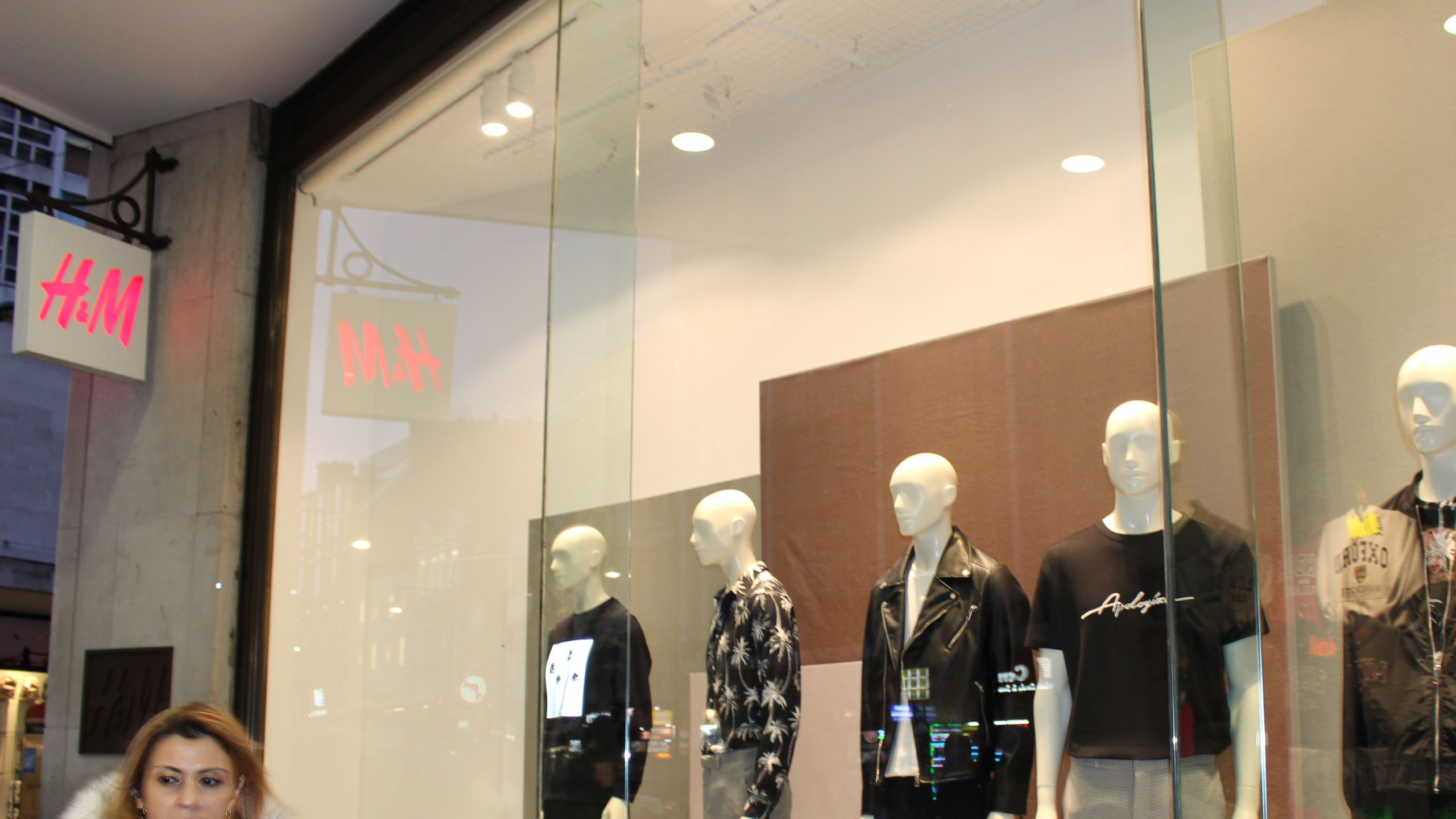
Britain loves fashion. Fact. From the high street to the front row at Fashion Week, we live and love to shop.
One of the only industries to have grown repeatedly year by year in the last decade, in 2018 alone the UK fashion industry was worth £32.3 billion, up 5.4% on 2016.
Globally, the fashion industry is worth trillions yet while consumer demand has peaked, prices have dropped. Designers are no longer releasing only four collections a year. Top brands now have dozens of micro seasons and no sooner have designs been paraded down the runway or modelled on Instagram, they are being copied worldwide by low budget brands at low budget prices.
This new found affordability may seem fabulous for frugal fashionistas but due to so many different lines – what is in one minute, is out the next second. Over half of the clothes we buy we don’t actually wear. An estimated 235 million pieces of clothing will end up on a UK landfill this year and left to rot. This fast-fashion culture has created an overwhelming carbon footprint and the industry is now responsible for 10% of all global emissions.
“Textile manufacturing creates more harmful emissions than maritime shipping and international flights combined, and of course, the fashion industry is a huge textile producer, so, it's a huge issue. It's not just that though, it is things like toxic water pollution, textile waste, chemicals and pesticides and so many more hazardous effects.” She said.
Tolmeia Gregory, is an 18-year-old sustainable and ethical fashion activist who has ran the blog tollydollyposhfashion.com since she was only 11 years old. Tolly decided to use her platform online to raise awareness about the critical state of planet by combining quirky fashion segments with politics. She believes that the reason we have become such a wasteful society is simple – profit, but that the environment is suffering terribly because of the constant supply and demand in the garment trade.
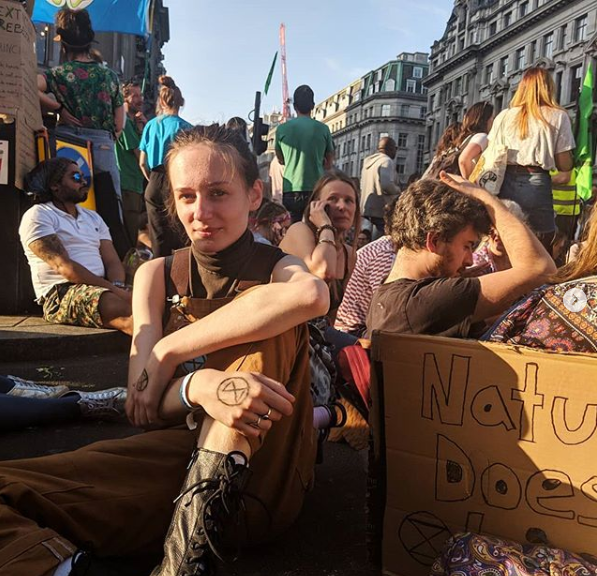
Image: Tollydollyposh via Instagram
Image: Tollydollyposh via Instagram
“Over the past thirty years, fast-fashion has been building into a monster which feeds our still fairly new hunger for more. We are given endless choices, four seasons a year and have it instilled into us (sometimes subtly, sometimes more obviously) that if we aren't caught up, we won't fit - so, we go back and we start the cycle back up again when we're done with what we wanted to wear last year (or even, last month.”
So who is to blame?
According to Tolly we all play a part in this mess:
“It's the brands fault for putting profit over the planet; it's the governments fault for allowing these businesses to do so and it's the consumer's fault for continuing to buy into that problem and not slowing down when we should be.”
It is not just the strain on the environment that inspired Tolmeia to take action, it is the largely ignored and unethical practices behind the making of our clothes.
The production for 97% of our clothes takes place overseas in countries where workers are paid well below the living wage and subject to working in horrific conditions. Garment workers in countries like Uzbek, India and China are paid as little as 10p an hour.
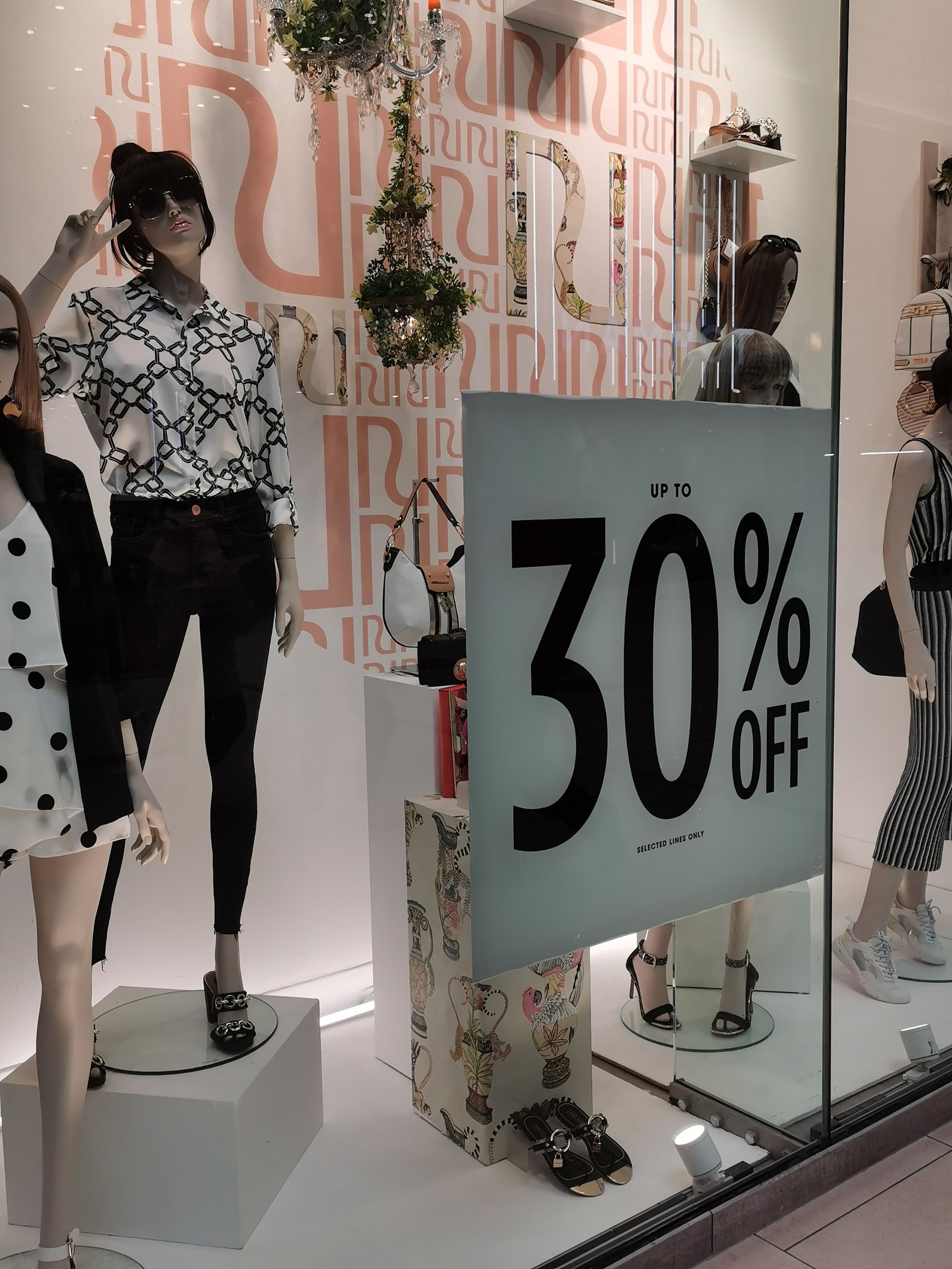

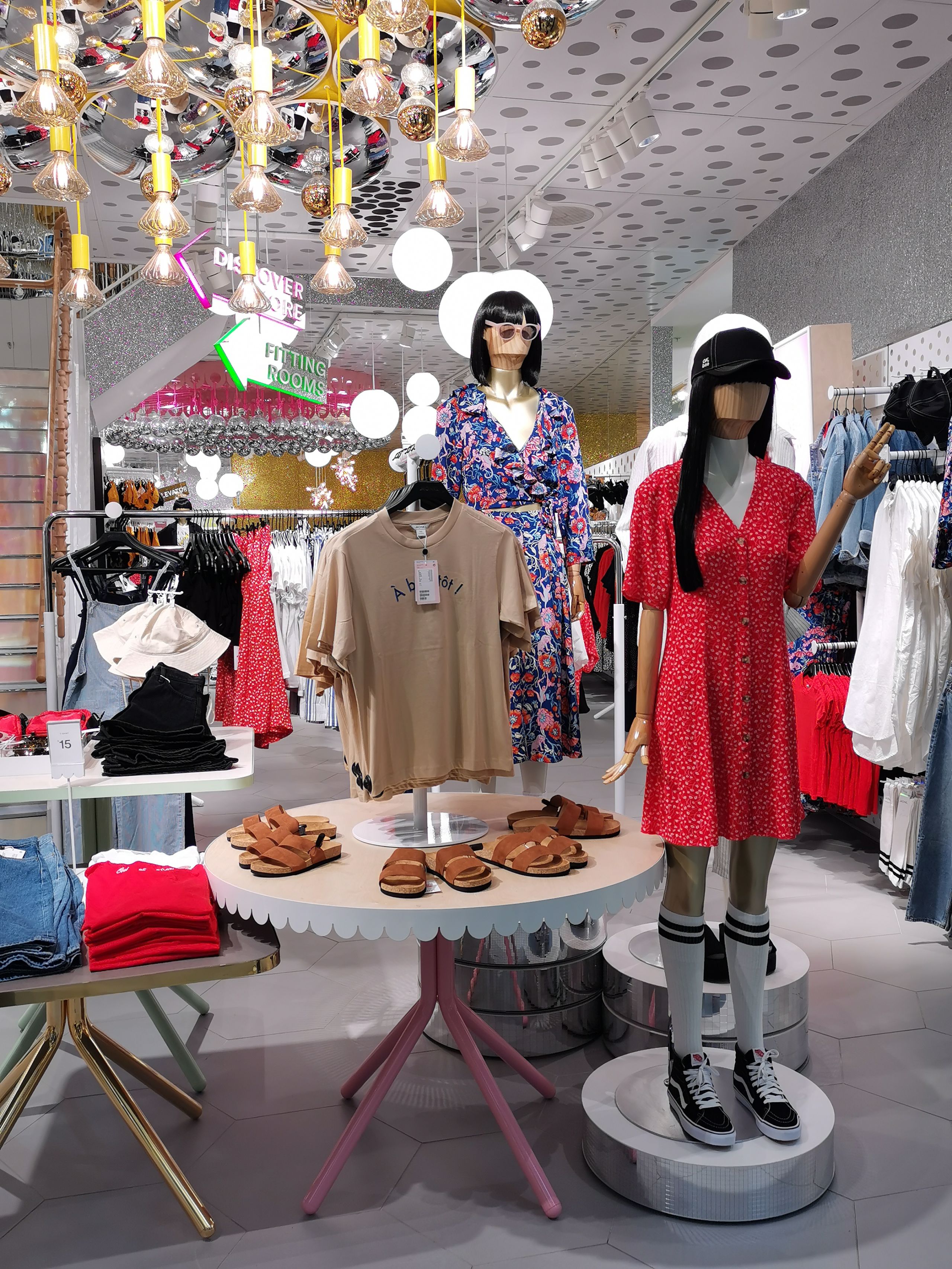
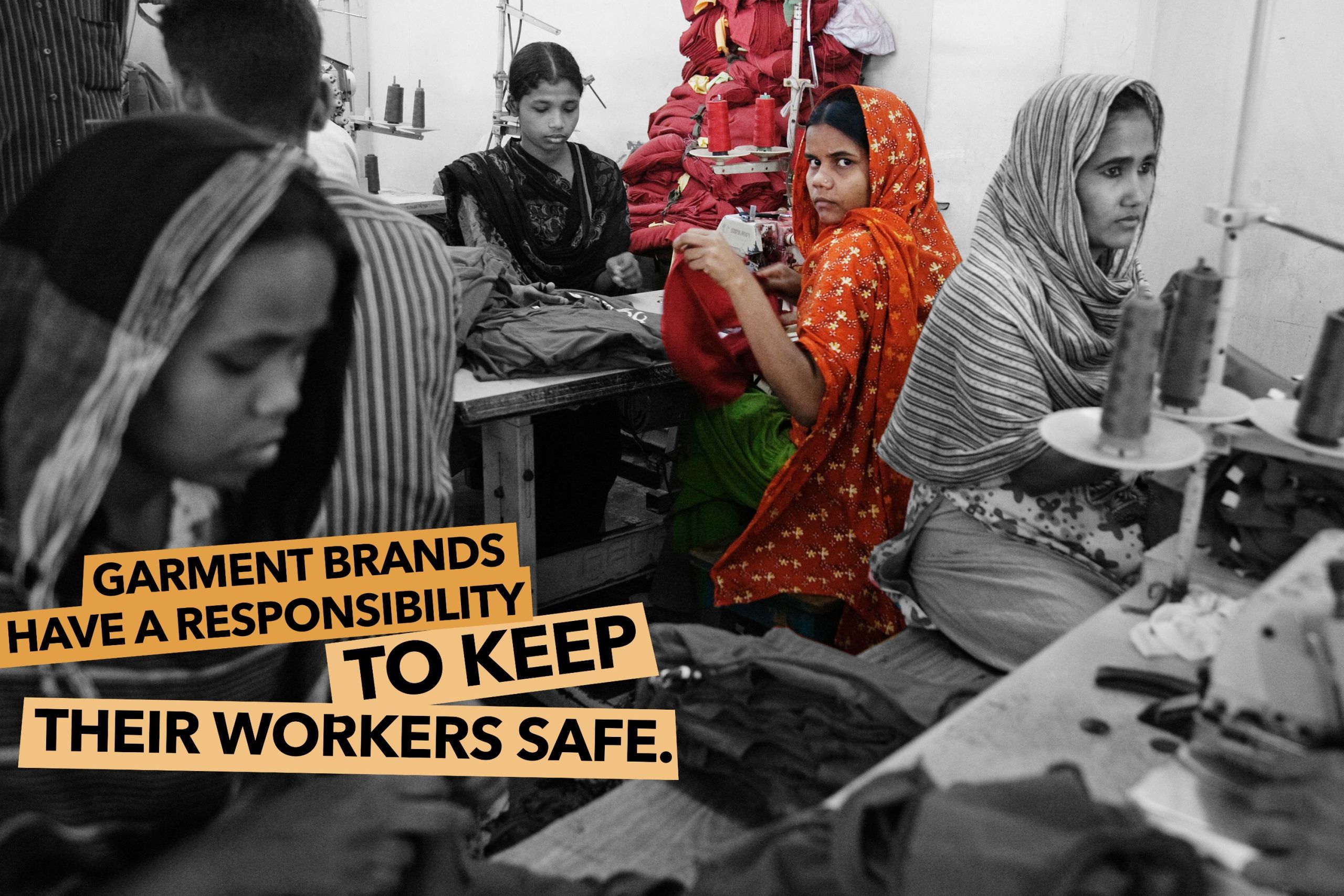
Garment Workers. Image: Clean Clothes Campaign
Garment Workers. Image: Clean Clothes Campaign
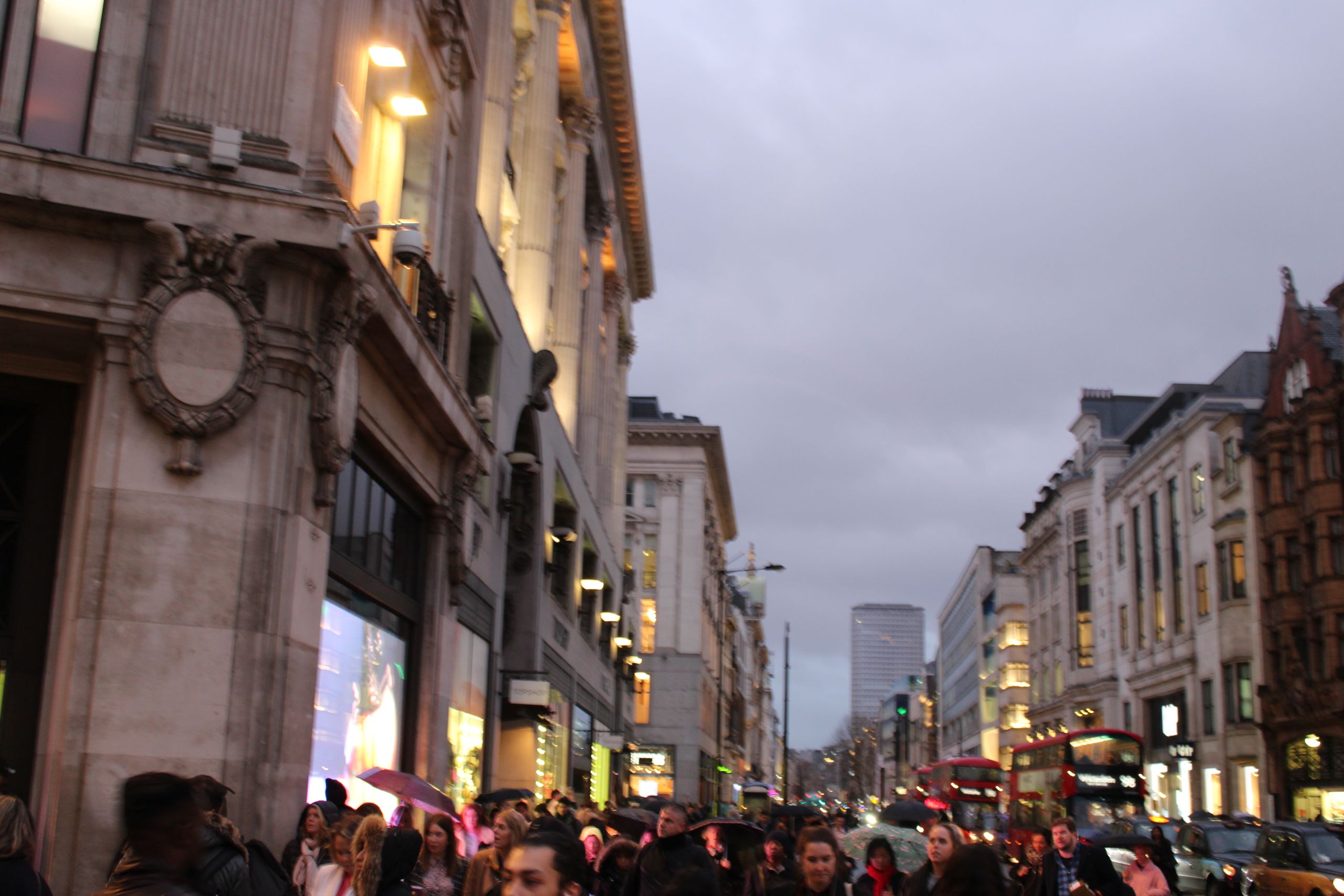
Oxford Circus, one of the busiest shopping districts with more than 4 million visitors each week.
Oxford Circus, one of the busiest shopping districts with more than 4 million visitors each week.
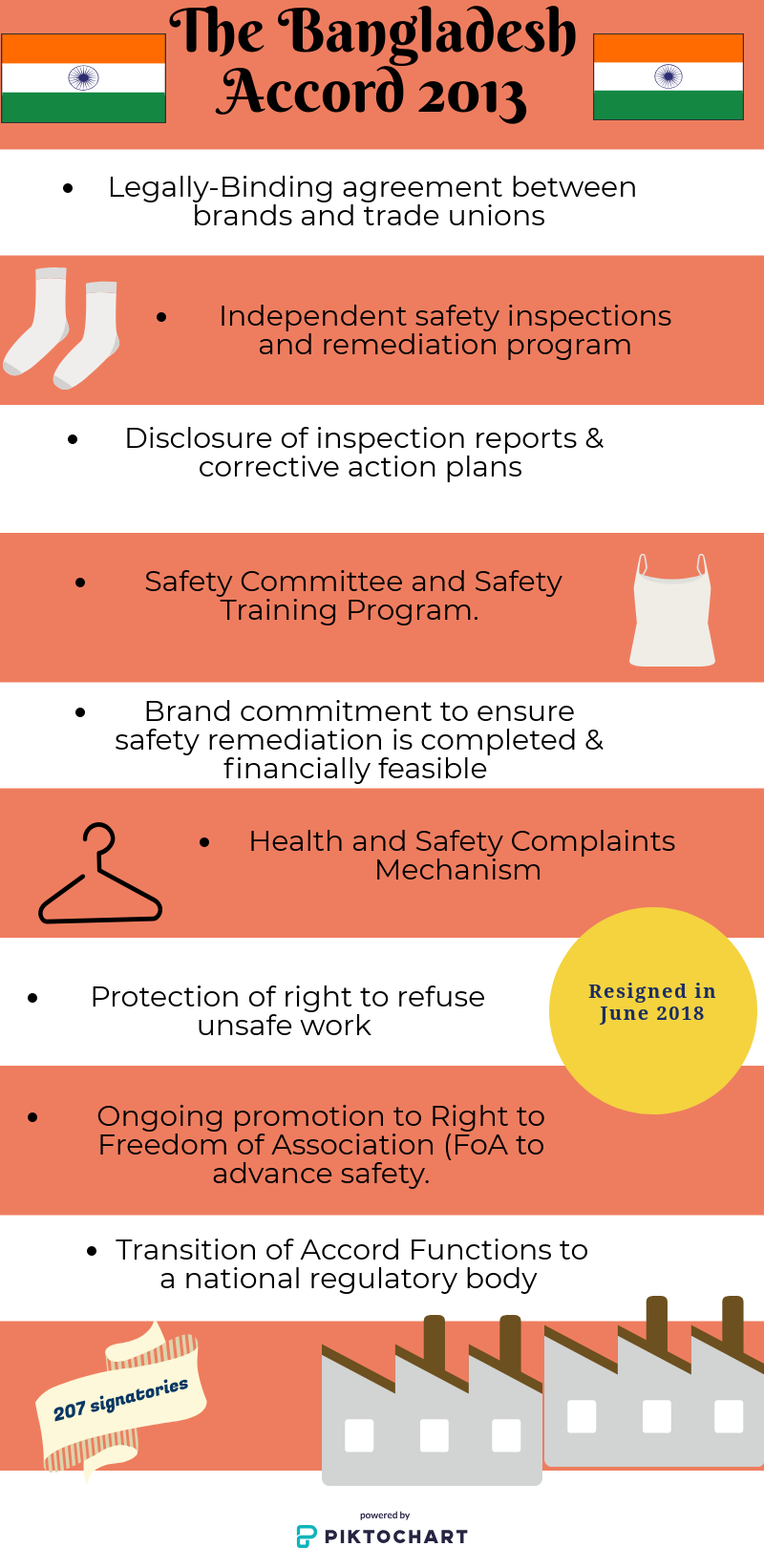
The Bangladesh Accord
The Bangladesh Accord
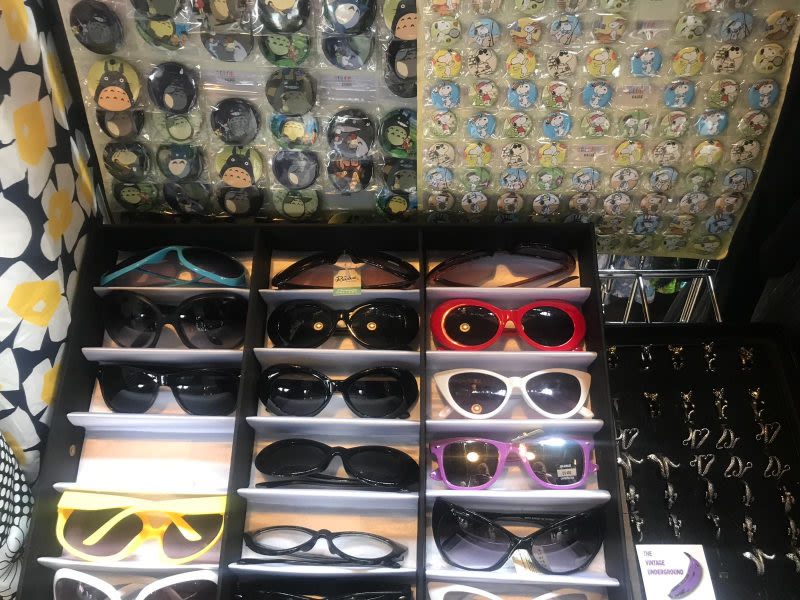
“The fashion industry has structural issues, it’s always been based on labour intensive low paid work and with fast fashion, the emphasis is more and more on producing cheap clothes really quickly.” said Dominique Muller, Policy Director at Labour behind the Label.
LBTL is a campaigning and lobbying advocacy group that works predominantly with women. Women make up 80% of the Garment industry in developing countries and are subject to systematic human rights abuses including physical and sexual assault, unhygienic and harmful working conditions and a total denial of trade union rights. Dominique is involved with behind the scenes lobbying, as well as brand outreach.
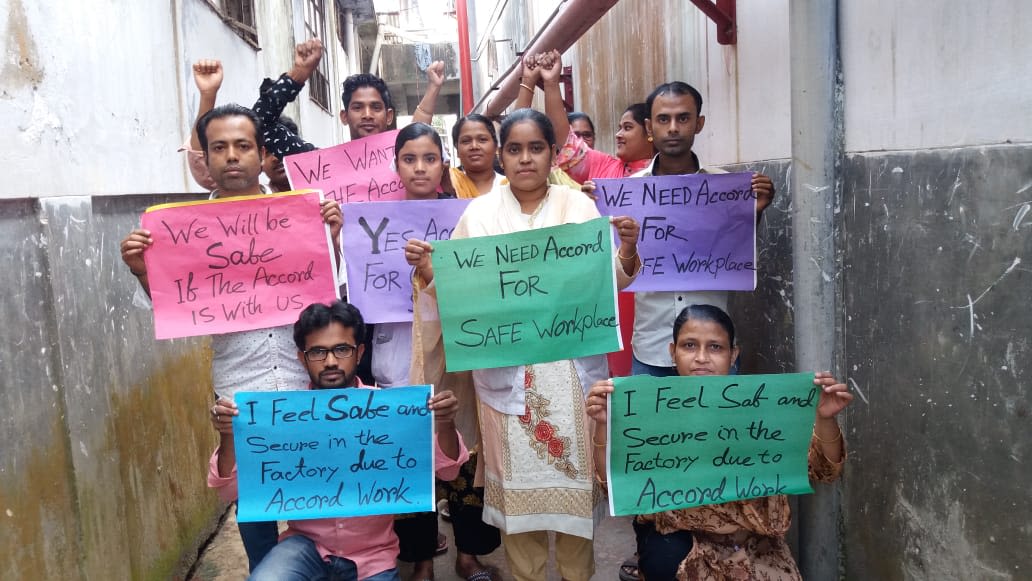
Workers in support of the Accord. Image credit: Clean Clothes Campaign
Workers in support of the Accord. Image credit: Clean Clothes Campaign
Six years ago, the collapse of the Rana Plaza building in Bangladesh killed 1,133 workers and critically injured thousands more. The tragedy was the second biggest after the Bhopal Gas Explosion in 1984 and highlighted the non-existent health and safety measures in place in the garment trade.
The Bangladesh Accord on Fire and Building Safety in Bangladesh is a ‘legally-binding agreement to work towards a safe and healthy garment and textile industry in Bangladesh’. It was set up in 2013 and re-signed in June 2018, it now has 207 signatories.
“The accord is the only concrete thing to come out that is a collaboration between government unions and factories. It is a contract and the companies who sign have to be involved, the brands must support factories and invest money themselves for fire escapes etc.” said Dominique
According to Raluca Dumitrescu, Bangladesh Accord Foundation, the Accord has been “proven successful in driving safety improvements at the over 1,600 RMG factories covered by the Accord agreement." However there is still a long way to go...
“ 'Accord factories have by now fixed 90% of the safety hazards identified by Accord engineers during initial inspections for fire, electrical, and structural safety. Despite this tremendous progress, there are important areas of remediation that remain outstanding. For example, over 600 factories are yet to complete the installation of a fire detection and alarm system; this means that in case of fire, workers at these factories would fail to be warned that they need to evacuate the building."
The Accord is under threat by the powerful Bangladeshi Garment Industry who would like to see the back of it and are campaigning to get it dissolved.
So what can we, as consumers do to help change our carbon footprint in this climate emergency and ensure that the clothes we buy are ethically sourced and sustainable?
Dominique says we need to create a reverse trickle effect and spread the message from the bottom to the top: “We all have to wear clothes, it’s not like choosing whether or not to buy a cashmere jumper if you don’t like cashmere. If you can only afford to buy from Primark, then buy from Primark but make sure to ask the store assistant if they know where it was made? Or was the worker paid the living wage? – They won’t know and it’s not their fault but it will go back to the manager, then to head office and then to the top. With the power of social media, the consumer can tell the brands they want to see a change and eventually the brands will listen.”
Dominique also warned not to assume that because a label is more expensive that it automatically adopts ethical practices and that while many brands may have put a message on their website to state that they are becoming more 'conscious', their actions don't always align with their promises. Companies like H&M are still using factories that do not pay the living wage but then again so are companies like M&S.
Tolly recommends second hand shopping and slowing down: “We can all slow down and shop less. If the demand being put on fast-fashion brands slows down, they will slow down too because they will be listening to the consumers as they already do."
- Always check where/how your clothes were made and who made them.
- Use social media to tell brands you want to see change
- Buy second hand/vintage where possible
- Donate unwanted clothes to charity or recycle them
- Only buy what you neeed.
"Personally, I believe it doesn't matter how many sustainable collections a brand launches or commitments they sign on to; if they are still filling four-storey stores with new collections being changed in and out almost weekly, they are still putting immense pressure on the planet. Nothing changes."

